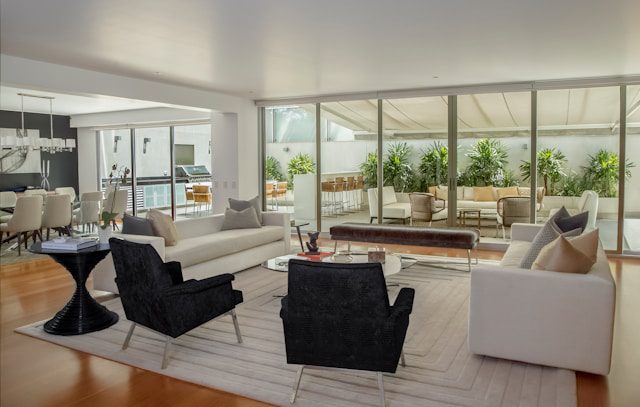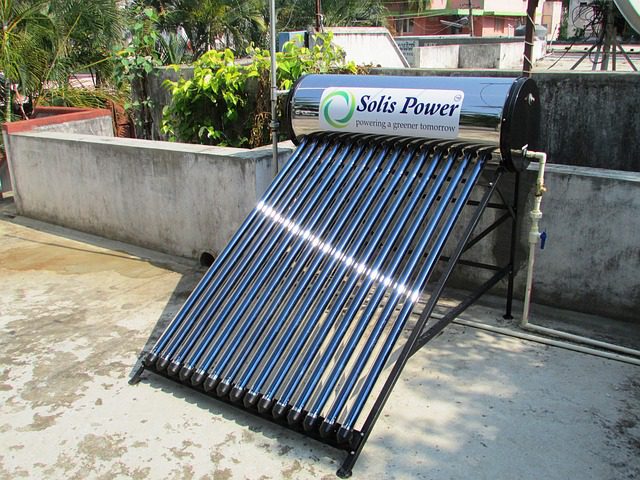
Achieving a consistently comfortable indoor environment while minimizing energy consumption is a goal that is shared by many homeowners. From ensuring optimal insulation to leveraging smart technology, there are numerous strategies to help maintain a stable temperature inside your home. This comprehensive guide will explore seven effective ways to achieve this balance, allowing you to enjoy comfort and savings year-round.
1.Upgrade to High-Quality Insulated Glass
The type of windows you have plays a crucial role when it comes to maintaining consistent temperatures indoors. Upgrading to insulated glass windows from Glass Pro can significantly enhance your home’s energy efficiency. These windows have multiple layers of glass with inert gas between them, acting as a barrier to heat transfer.
Additionally, consider window treatments such as blinds or curtains to further insulate your windows and minimize heat transfer.
2.Seal Air Leaks for Enhanced Insulation
The presence of air leaks around windows, doors, and various openings within your home undermines its insulation integrity and exacerbates temperature inconsistencies. Implementing cost-effective solutions like weather stripping or caulking to seal these leaks yields remarkable advantages. By curbing the ingress of unconditioned air, you can preserve a uniform indoor temperature and lighten the burden on your HVAC system. Undertake a meticulous assessment of your residence, emphasizing areas where different construction materials converge, alongside scrutinizing around electrical outlets and plumbing fixtures, to detect and address potential air leaks.
3.Harness the Power of Programmable Thermostats
Programmable thermostats offer a convenient way to optimize your home’s heating and cooling schedule, ensuring comfort when you need it most while conserving energy when you’re away. Take advantage of the programming features to set temperature setbacks during times when your home is unoccupied, such as during work hours or at night. By adjusting the temperature based on your schedule, you can minimize energy waste without sacrificing comfort.
Some advanced thermostats even offer remote access and learning capabilities, allowing them to adapt to your preferences and lifestyle over time.
4.Maximize Air Circulation with Ceiling Fans
Ceiling fans are a versatile and energy-efficient solution for improving air circulation and maintaining a comfortable temperature indoors. Run your ceiling fans counterclockwise during the summer months to create a cooling breeze that helps lower perceived temperatures. In winter, reverse the direction of your fans to clockwise to gently recirculate warm air trapped near the ceiling, promoting more even heating throughout the room.
Investing in energy-efficient ceiling fans with variable speeds and reversible motors can further enhance their effectiveness while reducing energy consumption.
5.Invest in Energy-Efficient Appliances and Electronics
A considerable share of household energy consumption in households stems from household appliances and electronic devices. Opting for energy-efficient models presents an opportunity to achieve considerable savings on utility bills, all while making strides toward reducing your environmental footprint. Additionally, integrating energy-saving practices into your daily routine—such as unplugging electronics when not in use, employing power strips to conveniently disconnect multiple devices, and selecting energy-efficient lighting solutions like LED bulbs—can amplify your endeavors in fostering sustainability and economizing energy usage.
6.Enhance Insulation in Attics and Basements
Proper insulation is important for retaining a consistent temperature throughout your home and minimizing heat loss or gain. Pay particular attention to areas such as attics and basements, which are prone to temperature extremes and may require additional insulation. Adding insulation to these spaces can help create a thermal barrier that averts heat transfer and stabilizes indoor temperatures.
Depending on your climate and the age of your home, consider using materials such as fiberglass batts, spray foam, or blown-in insulation to achieve optimal results.
7.Embrace Passive Solar Design Principles
Passive solar design harnesses the natural heat energy from the sun to regulate indoor temperatures and reduce the reliance on mechanical heating and cooling systems. By strategically positioning windows, shading elements, and thermal mass within your home, you can optimize solar gain during the winter months while minimizing heat gain in summer. This passive approach to temperature control enhances comfort and reduces energy consumption and utility costs over time.
Conclusion
Maintaining a consistent indoor temperature while reducing energy consumption is within reach for homeowners willing to implement strategic measures. By upgrading to high-quality insulated glass, sealing air leaks, utilizing programmable thermostats, maximizing air circulation with ceiling fans, investing in energy-efficient appliances, enhancing insulation in key areas, and embracing passive solar design principles, you can create a more comfortable and sustainable living environment.
These proactive steps enhance your comfort and well-being and contribute to long-term energy savings and environmental conservation. By taking a holistic approach to temperature control and energy efficiency, you can enjoy the advantages of a comfortable home while minimizing your carbon footprint and utility expenses for years to come.



